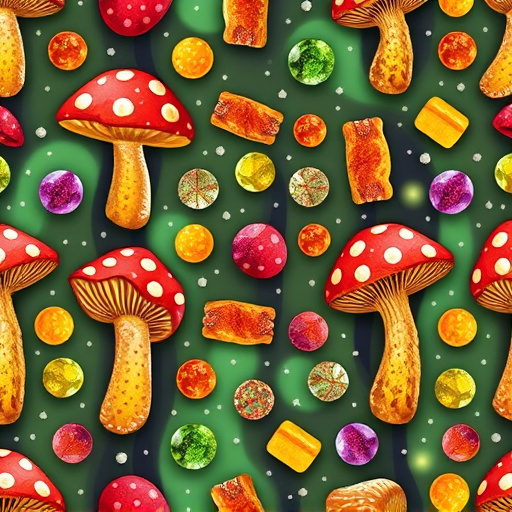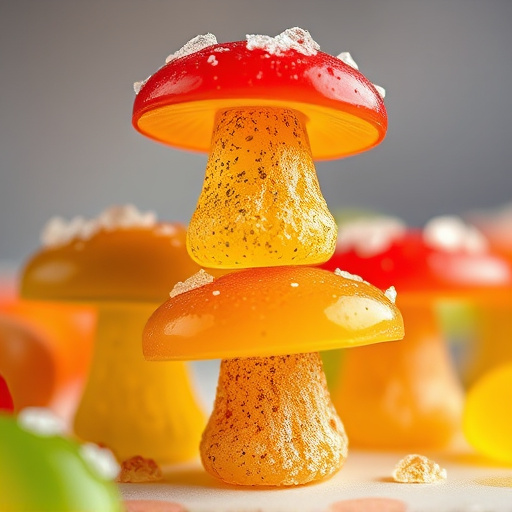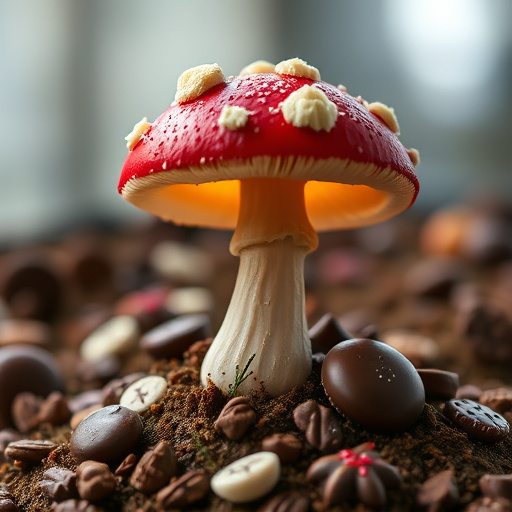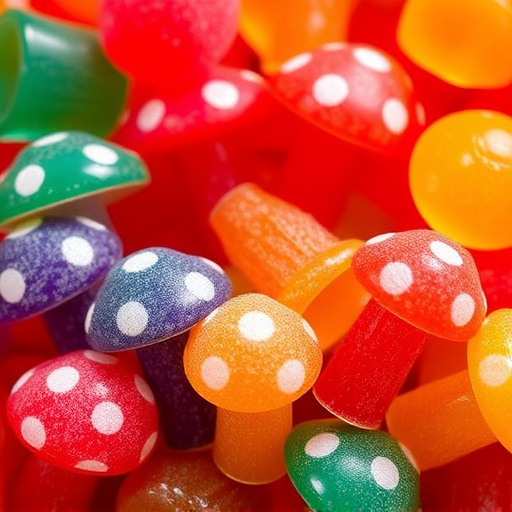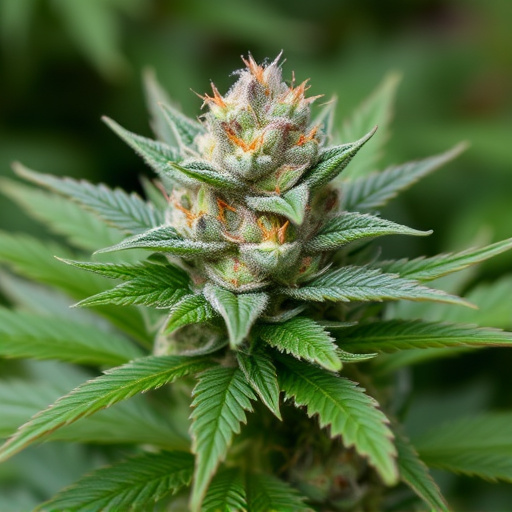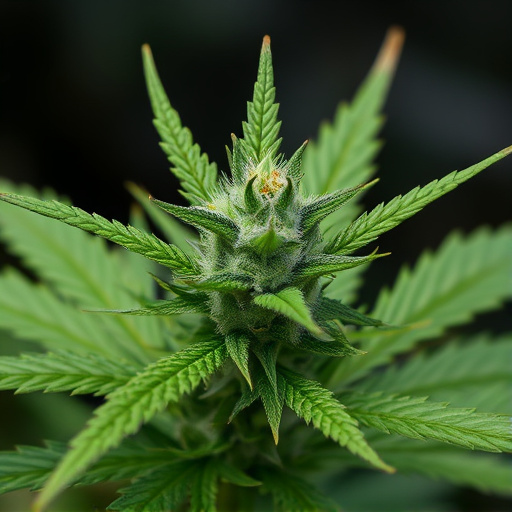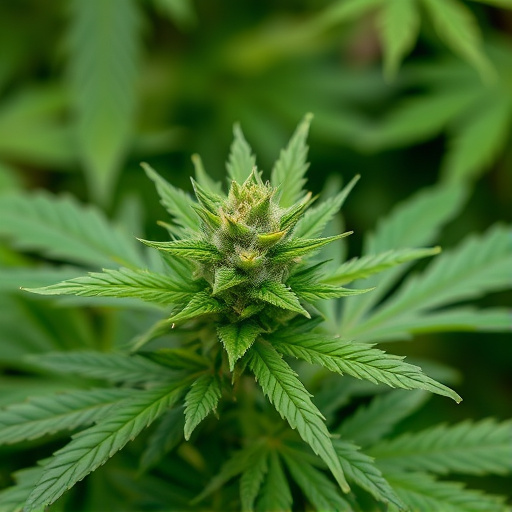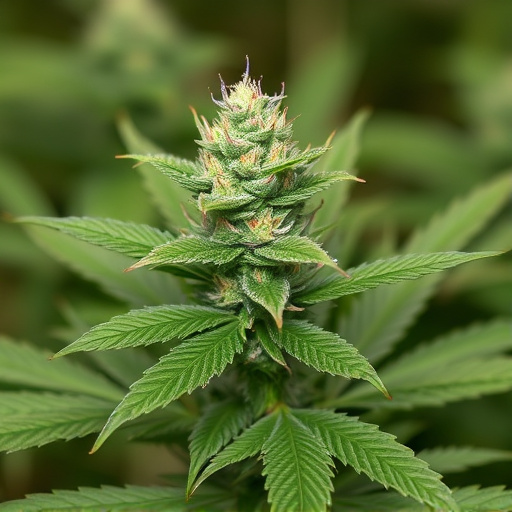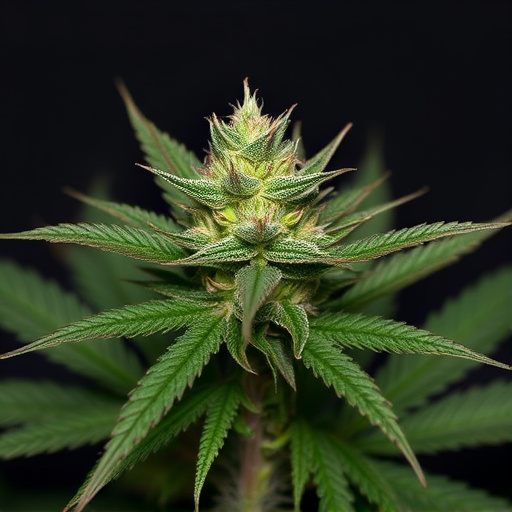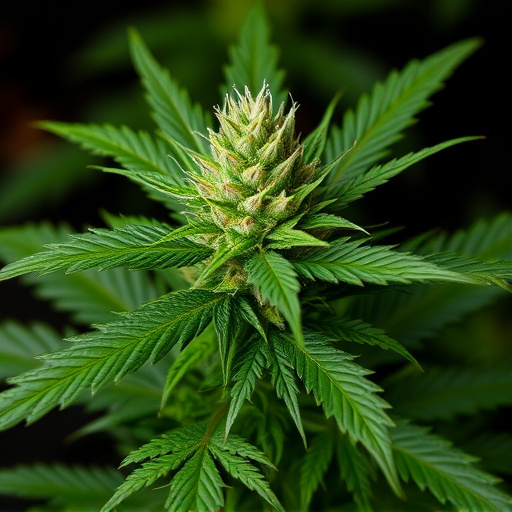Cannabis potency, crucial for treating ADHD, is determined by THC levels, which influence color variations. While visual cues can hint at cannabinoid content, lab testing offers the most accurate way to ensure desired effects from cannabis strains for ADHD. Color correlations provide insights into THC and CBD levels, guiding users to select strains tailored to their specific ADHD symptoms.
“Unraveling the relationship between color and potency in cannabis offers a fresh perspective on this ancient herb. While often perceived as merely aesthetic, colors can indeed provide valuable insights into the potential effects and composition of different cannabis strains.
This article explores how the science behind color and cannabinoid content interacts with the growing interest in using cannabis strains for ADHD treatment, shedding light on a potentially powerful approach to managing symptoms.”
- Understanding Cannabis Potency and Color Association
- The Science Behind Color and Cannabinoid Content
- Exploring Cannabis Strains for ADHD Treatment: A Colorful Approach
Understanding Cannabis Potency and Color Association
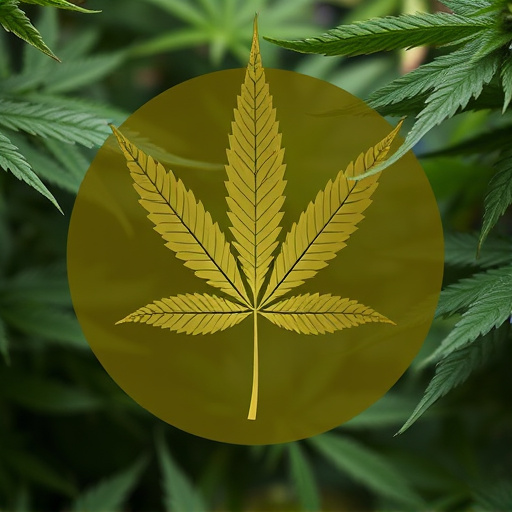
Cannabis potency refers to the concentration of THC (tetrahydrocannabinol), the primary psychoactive compound responsible for its effects. Understanding potency is crucial, especially for users seeking specific benefits, such as cannabis strains for ADHD that offer therapeutic effects without overwhelming side-effects. While the content and composition of the plant matter are significant factors in determining potency, color has also been associated with potential indicators of quality and strength.
The relationship between color and cannabis potency stems from natural processes within the plant. Different strains can exhibit varying colors due to diverse chemical profiles, including terpene and cannabinoid concentrations. For example, a cannabis strain with higher levels of THC might appear more vibrant or intense in hue compared to lower THC varieties. However, it’s essential to remember that color alone cannot predict potency accurately; instead, laboratory testing is the most reliable method to ascertain the precise concentration of cannabinoids and terpenes, ensuring users receive what they expect from cannabis strains for ADHD or other medical conditions.
The Science Behind Color and Cannabinoid Content
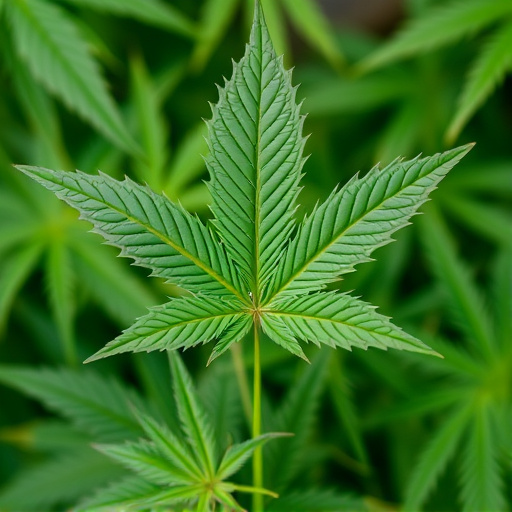
The science behind color and cannabinoid content in cannabis is intriguing, offering insights into how different hues may impact the plant’s potency. Cannabis strains exhibit varying colors due to the presence of specific cannabinoids and terpenes. These compounds not only contribute to the plant’s aesthetic appeal but also play a crucial role in its therapeutic effects, particularly for conditions like ADHD. Research suggests that certain colors are associated with higher concentrations of particular cannabinoids. For instance, deeper shades of green often indicate elevated levels of THC, the primary psychoactive compound known for its potent effects on focus and relaxation. Meanwhile, strains with reddish or purplish tint may have higher levels of CBD, which has gained attention for its potential benefits in managing ADHD symptoms without the intoxicating effects of THC.
Scientists attribute these color-cannabinoid relationships to pigment compounds within the cannabis plant, such as anthocyanins and carotenoids. These natural pigments not only contribute to the strain’s visual appeal but also act as indicators of the plant’s health and ripeness during cultivation. Understanding the science behind color can empower consumers to make informed choices when selecting cannabis strains for ADHD treatment, ensuring they access products with optimal cannabinoid profiles tailored to their specific needs.
Exploring Cannabis Strains for ADHD Treatment: A Colorful Approach

Cannabis has gained attention as a potential treatment option for Attention Deficit Hyperactivity Disorder (ADHD), offering a natural alternative to conventional medications. When exploring cannabis strains for ADHD, color plays an intriguing role. While it might seem like a mere visual distinction, researchers and medical professionals have discovered that the vibrant hues of cannabis flowers can provide valuable insights into their chemical composition and potential therapeutic effects.
Different cannabis strains exhibit varying colors due to the presence of specific cannabinoids and terpenes. For instance, shades of blue and purple are often associated with higher levels of THC and CBD, two prominent compounds known for their therapeutic benefits. Strains boasting these colors may offer more pronounced effects in managing ADHD symptoms, such as improved focus and reduced impulsivity. This colorful approach to cannabis treatment encourages a deeper exploration of the plant’s diversity, allowing individuals with ADHD to find tailored strains that cater to their unique needs.
While the connection between color and cannabis potency remains a fascinating area of exploration, current scientific evidence suggests that color alone is not an accurate indicator of a strain’s potency. It’s the specific cannabinoid profile, including THC and CBD levels, that ultimately determines its effectiveness for conditions like ADHD. However, understanding the color associations can offer a helpful starting point for patients seeking suitable cannabis strains. Further research into this intersection holds promise for developing tailored treatments using cannabis strains for ADHD management, leveraging both science and intuition.
